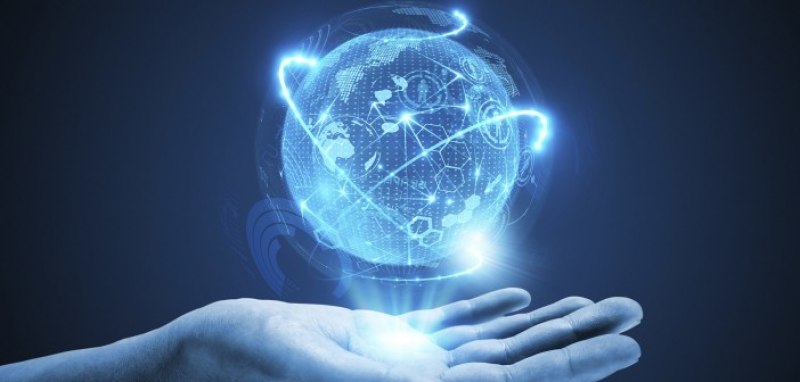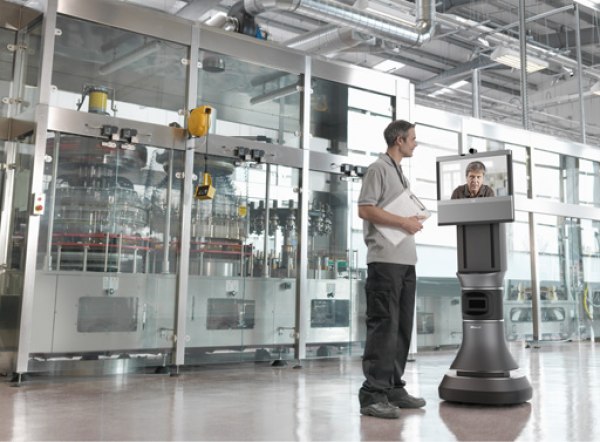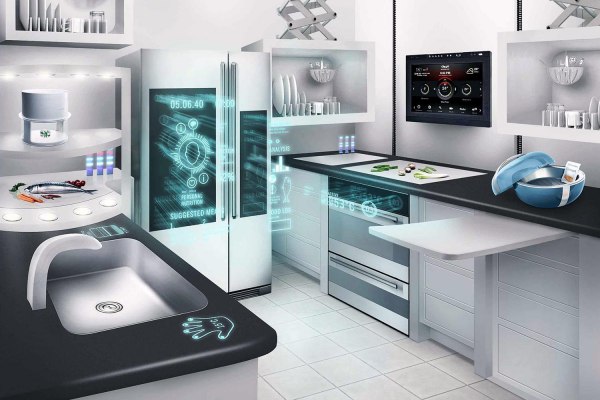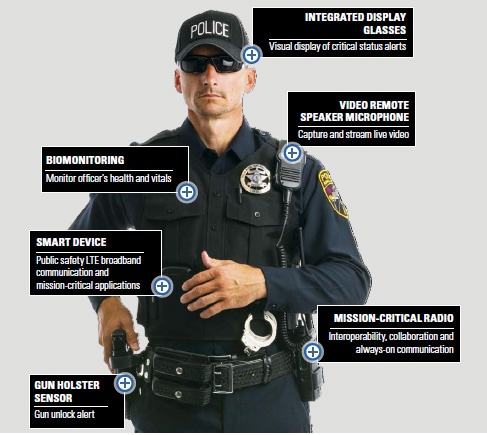
27 May 2016
If you want to exercise your mind around the future direction of technology, these Gartner predictions are a great place to start.

The predictions stretch out past 2020 but the seeds of these digital concepts are being sown today.
1) By 2018, six billion connected things will be requesting support.
Heads up to the Customer Service Department! The Internet of Things is coming. We've been reading it for a while now and this prediction suggests we'll be living it to a far greater extent by 2018. All these connected "things" will need support and service. In fact we will need to stop thinking of customers as human and start seeing "things" as customers. And as the number of connected things increases so will the volume of support requests. Responding to service requests from "things" will spawn entire service industries, predicts Gartner.
2) By 2018, more than 3 million workers globally will be supervised by a "robo-boss."
I know, some of you are thinking 'my boss is already a robot. He has absolutely no human compassion.' But what Gartner is predicting is "smart machine managers increasingly making decisions that are currently the domain of human managers." It is simple enough for a machine to monitor worker performance against KPIs such as output and customer evaluation. Machine managers can then use this data to learn and as a base for staffing decisions and management incentives. Being reprimanded or rewarded by a machine could take some getting used to.

3) By 2020, autonomous software agents outside of human control will participate in five percent of all economic transactions.
Okay I must admit I thought this was already happening? We already use software agents operating automated algorithms to manage transactions and pricing in our trading, banking, financial and legal systems. However, the key term here says Gartner is "autonomous". Our current software agents are still ultimately controlled by humans. In the future Gartner says we will see these software capabilities taken to a whole new level, even to the extent of underpinning a "programmable economy". For me, the key takeout is only 5% of transactions by 2020, so at least we can ease into this takeover of the global economy.
4) By 2018, 20 percent of business content will be authored by machines.
What?! I had to read this prediction twice! Is my blog content role under threat? Well apparently there is already the technology available to process data-based and analytical information and turn it into natural language writing. Business content - such as shareholder reports, legal documents, market reports, press releases, articles and white papers - are supposedly all candidates for automated writing tools. Not happy with prediction #4!
5) By year-end 2018, 20 percent of smart buildings will have suffered from digital vandalism.
Here think - cars remotely hijacked, sprinkler systems turned on or air conditioning turned off in an office building, electronic billboards or road signs hacked to display images or incorrect information. Connected systems offer more openings to attack and this will only be exacebated by the growth of smart systems, says Gartner. There will be economic, health and safety, and security consequences and the severity of these will depend on the target. It's particularly an issue for people who live in high-rises, says Gartner. It's not possible to prevent everything, so we will need algorithms to correct the problems before they happen.

6) By 2018, 45 percent of the fastest-growing companies will have fewer employees than instances of smart machines.
By 2018, Gartner predicts smart machine technology revenues will surpass $10 billion. Gartner believes start-ups and young companies will be the early adopters of this smart machine growth. The speed, cost savings, productivity and ability to scale of smart technology will offer dramatic advantages over the recruiting, hiring, training and growth demands of human labor. Some possible examples are a fully automated supermarket or a security firm offering drone-only surveillance services. The "old guard" (existing) companies, with large amounts of legacy technologies and processes, will not necessarily be the first movers, but the savvier companies among them will be fast followers, as they will recognise the need for competitive parity for either speed or cost, Gartner says.
7) By year-end 2018, customer digital assistants will recognise individuals by face and voice across channels and partners.
We have already seen big improvements in face and voice recognition technology with applications of these technologies becoming commonplace. Students are already dictating their notes or homework having them transposed into typeface. Earlier this year the HSBC Bank in the UK introduced voice recognition for phone banking identification. Apple Pay uses fingerprint recognition. Visitors to Australian prisons are processed using fingerprint and facial recognition. Australian immigration services require applicants for certain visas to provide biometrics such as fingerprint and facial scans. Gartner predicts this technology will progress to seamless two-way engagement with customers. Digital assistants will be able to mimic human conversations, with both listening and speaking, a sense of history, in-the-moment context, timing and tone, and the ability to respond, add to and continue with a thought or purpose at multiple occasions and over time.
8) By 2018, two million employees will be required to wear health and fitness tracking devices as a condition of employment.
The health and fitness of people employed in jobs that can be dangerous or physically demanding will increasingly be tracked by employers via wearable devices. Emergency responders, such as police officers, firefighters and paramedics, will likely be the largest group of employees required to monitor their health or fitness with wearables. The primary reason for wearing them is for their own safety, says Gartner. Heart rates and respiration, and potentially their stress levels, could be remotely monitored and help could be sent immediately if needed. In addition to emergency responders, employees in other critical roles will be required to wear health and fitness monitors, including professional athletes, political leaders, airline pilots, industrial workers and remote field workers. Gartner predicts this trend will raise issues around data privacy and sharing.
9) By 2020, smart agents will facilitate 40 percent of mobile interactions, and the postapp era will begin to dominate.
We are now entering the "post app era" where algorithms will try to help us, says Gartner. The process or the algorithm will be doing more complex things rather than simple apps. Virtual personal assistants (VPAs) and other agents, will monitor user content and behavior and maintain data models to predict users' needs. For instance, instead of looking for apps or web pages for discounts, the discounts will follow you.
10) Through 2020, 95 percent of cloud security failures will be the customer's fault.
Stop blaming cloud security and start growing your own cloud security responsibility, is Gartner's message.Security concerns remain the most common reason for avoiding the use of public cloud services. However, only a small percentage of the security incidents impacting enterprises using the cloud have been due to vulnerabilities that were the provider's fault. A growth industry will be cloud control tools and by 2018, 50 percent of enterprises with more than 1,000 users will use cloud access security brokers, Gartner predicts.
3 Strategies to Reduce Telecom Cost